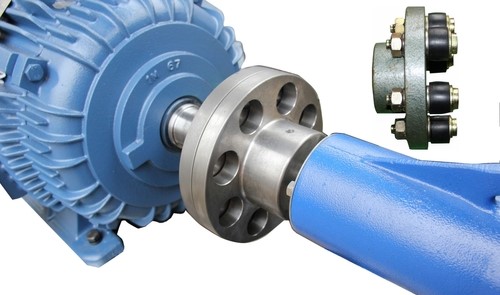Background
This case study is from a nutrition facility in Ireland where fan imbalance was detected in a dryer exhaust unit through the Eastway Safeguard® system.
The Eastway team have been supporting the on-site maintenance personnel in this plant since 2009 both on-site and for online remote monitoring. Eastway provide remote monitoring, monthly on-site vibration analysis surveys, quarterly ultrasonic leakage surveys, bi-annual steam surveys and bi-annual thermography inspections to this plant.
The Eastway Safeguard® online monitoring system was installed on the manufacturing plant’s critical dryers (Exhaust and intake motors and fans) in 2018. The Eastway Safeguard® continuous vibration monitoring system replaced the pre-existing manual vibration data collection programme in these equipment.
This nutrition plant has a maintenance team that works closely with Eastway and provides constant feedback on the equipment’s findings. Eastway supports them 24/7 with automatic alerts, in-depth vibration analysis diagnosis and advice on the optimal maintenance decisions for each asset.
Case Description
In February 2022, high-velocity vibration values (mm/s RMS) were detected above warning levels at the fan drive end test points of the dryer exhaust motor & fan through the online vibration system. See Figure 1 which display the fan drive end horizontal velocity trend from 08 January 2022 to 01 March 2022 showing this increase in trend. Automatic alerts were sent to key personnel on-site and the Eastway team.

Figure 1. Dryer Exhaust – Fan drive end horizontal vibration trend from 08 Jan 2022 to 01 March 2022
Recommended Action
Further analysis of the vibration from the fan drive end data was completed by the Eastway remote monitoring team. On the analysis, the vibration FFT spectra (Fast Fourier Transform), enveloped spectra and time waveform signatures were examined. See Figure 2. waterfall velocity FFT comparing 11 November 2021 (front) and 18 February 2022 (back) from the fan drive end test point where an evident increase can be seen at 38 Hz. During the investigation, the Eastway team found low-frequency vibration dominance in the vibration spectra.

Figure 2. Dryer Exhaust – Waterfall comparison of velocity FFT’s (mm/s RMS) from 11 Nov 2021 (blue-front) and 18 Feb 2022 (grey-back)
Time waveform was mainly showing a sinusoidal pattern, see Figure 3. Based on these initial observations, the vibration pattern was indicating imbalance forces being originated on the fan. Eastway contacted the site and suggested to carry out a fan balancing in the dryer exhaust motor & fan at the next downtime to prevent further damage.

Figure 3. Dryer Exhaust – Time-waveform showing a sinusoidal pattern
Action Taken
Following this recommendation, a downtime window for dryer exhaust motor & fan was planned with the plant production team in early March 2022. Eastway was selected to carry out the fan balancing in the unit.
Before attempting the balance, Eastway took cross-channel phase readings across different points of the unit. This analysis confirmed that the main cause of the high vibration levels was unbalance.
The procedure for balancing was done in one plane and it was carried out at normal operational speed. Following recommendations for the fan setup and vibration levels, the following weights were added:
- In the first run, 280 grams of weight were welded at blade #7, at this stage the vibration values reduced from 18.3 mm/s RMS to 10.55 mm/s RMS
- In the second run, a new set of weights of 118.1 and 46.07 grams were welded at blade #5, and blade #6, see Figure 4. The vibration values then were further reduced to 5.2 mm/s RMS.
- All the team involved agreed that these values were satisfactory.

Figure 4. Graphical representation for added weights on selected fan blades
After the balancing completion, the vibration was tested across the unit and a significant reduction in vibration values were found at the motor and fan. This reduction was up to 70% less vibration in some points of the machine, see Figure 5 for the fan drive end horizontal – velocity (mm/s) trend showing this decrease in vibration values.

Figure 5. Dryer Exhaust – Fan drive end horizontal velocity trend after balancing completion
Results
Detecting the fan imbalance in dryer exhaust in advance, enabled timely planning and sufficient lead time to order components and have the correct tools in place. Thus, in addition to identifying problems and dramatically reducing downtime, the detection also significantly reduced the man hours to repair the equipment and carry out maintenance work in an efficient way. Planned downtime avoids the loss in planned production hours.
Table 1. illustrates the importance of having 24/7 monitoring service in place to detect failures, in this case fan imbalance in dryer exhaust was detected, allowing corrections to be carried out before costly system failures occur.




